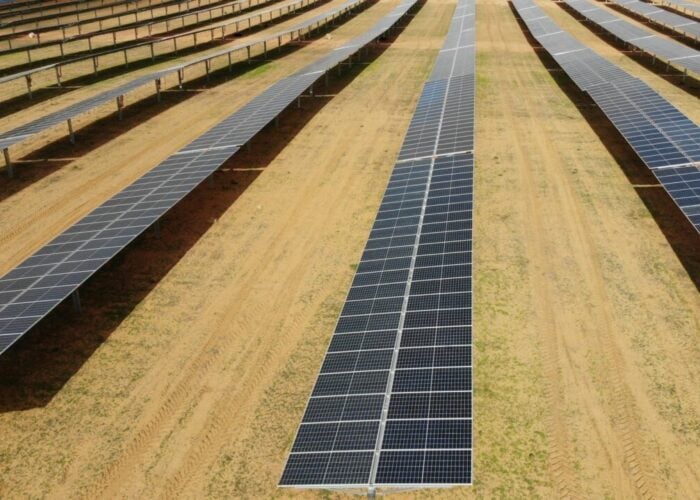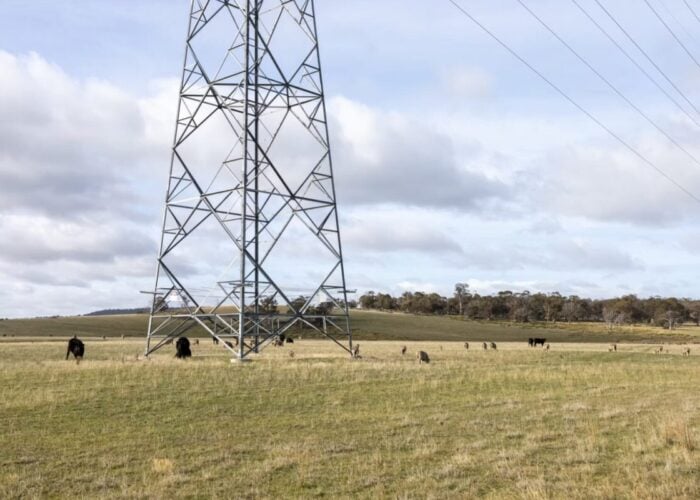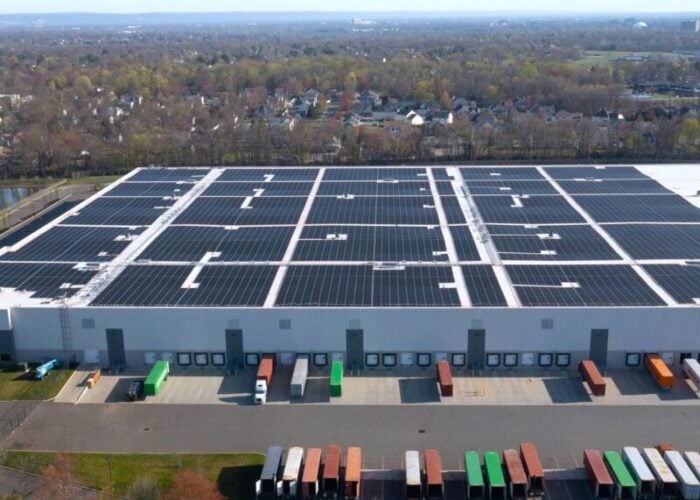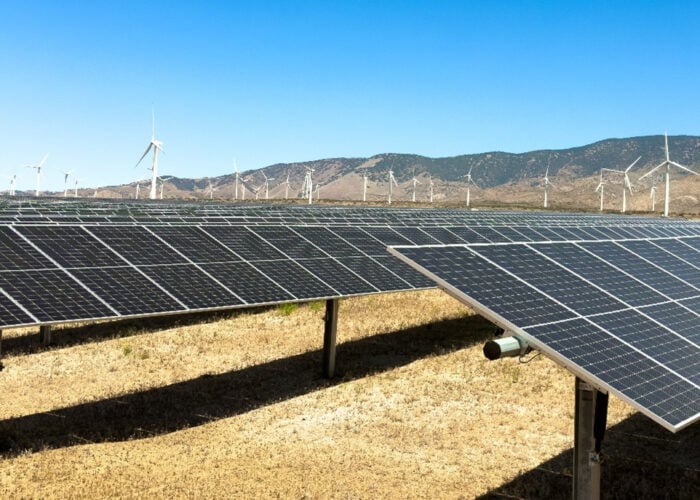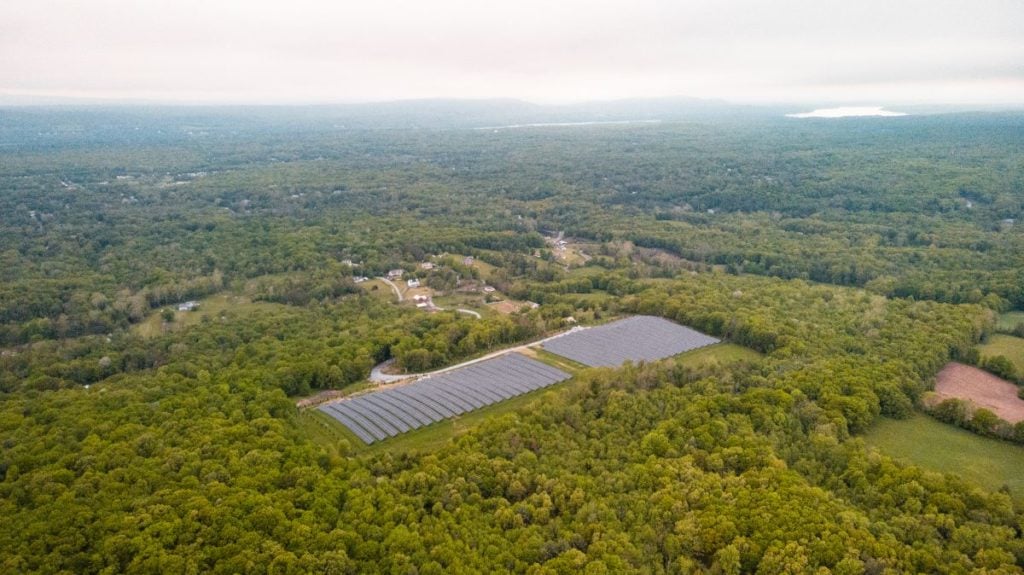
California is without any doubt the biggest solar market in the US, led by thousands of utility-scale solar projects across the state and the residential solar segment.
That last one had a shake-up late last year when the net energy metering (NEM3.0) scheme was passed by the California Public Utilities Commission (CPUC) and was met with criticism from several industry players in California, as covered by PV Tech Premium in December. However, the consequences of that new version is yet to be seen.
Unlock unlimited access for 12 whole months of distinctive global analysis
Photovoltaics International is now included.
- Regular insight and analysis of the industry’s biggest developments
- In-depth interviews with the industry’s leading figures
- Unlimited digital access to the PV Tech Power journal catalogue
- Unlimited digital access to the Photovoltaics International journal catalogue
- Access to more than 1,000 technical papers
- Discounts on Solar Media’s portfolio of events, in-person and virtual
Despite the state having installed more than 40GW of solar capacity, as of the end of Q1 2023 according to data from trade association Solar Energy Industries Association (SEIA), community solar was somehow left behind in that accelerated growth for solar PV in California.
That is until last September, when governor Gavin Newsom signed a proposed community solar programme into law, Assembly Bill 2316. Currently, CPUC is evaluating several proposals for a community solar programme in California, among them is the Net Value Billing Tariff (NVBT) proposed by the Coalition for Community Solar Access and supported by a broad coalition of environmental justice groups, ratepayer advocates, labour, and the building industry association.
One of the major proposals in NVBT is without a doubt the requirement that all new projects are to be paired with a four-hour battery storage system.
Storage in community solar is still an emerging trend that has yet to solidify, however its implementation in new community solar projects in California could allow for the grid to feel less pressure and be more reliable during the summer heatwave season, which is becoming a more frequent occurrence and long-lasting all around the country. Solar-plus-storage community projects could help avoid possible power outages or keep the lights on in case there are any.
“We’ve seen how storage has been critical and filled critical needs in places like Puerto Rico, after Hurricane Maria, for instance, when a whole part of the island was without power. Those communities that did have storage were able to run their generators and have power,” says Theodora Okia Quarles, former policy and strategy manager – West at community solar developer Lightstar Renewables.
For a state the size of California to implement co-locating solar with storage could allow other states to follow suit and make solar-plus-storage a common development in community solar rather than a rarity. Moreso, tax incentives in the Inflation Reduction Act for solar-plus-storage projects will make them less expensive in the long run.
“Essentially California is positioning itself to be your best practice. And not just in passing a community solar programme, but one that’s created to be cost effective, accessible for low income customers, quickly scalable and beneficial to the grid,” says Quarles.
So far the implementation of storage in community solar programmes is not there yet and is waiting to happen. “There are certain markets that have a little bit of incentives for storage, but I wouldn’t say it’s widespread yet. I do think it’s coming in the mid future. There’s no question about that. And to the extent storage adds to the value proposition overall, we think it’s a positive development,” says Jeff Cheng, CEO of community solar developer Nautilus Solar.
Of all the other states that Quarles oversaw in the Midwest and Western US, only Illinois passed a legislation regarding storage for community solar, adding: “We do anticipate other state markets will follow through. But California is definitely leading the charge here.”
More markets are poised to implement community solar, and having the backing of a big market such as California could give that boost to it. “The very first thing that we’re going to see in community solar is more storage. As part of the Inflation Reduction Act, storage now qualifies for the ITC,” says Jason Spreyer, executive vice-president of business development at solar developer Summit Ridge Energy.
A decision from the CPUC is expected to happen within the coming months which would clear the way for a community solar programme in California and further accelerate the growth of community solar in the US as it is set to double in the coming five years, as well as lead the way in solar-plus-storage projects for that segment as proposed in the NVBT.
The next edition of PV Tech Power, volume 36 to be released later this month, will have a deep dive into US community solar, with a look at several states – among them California and its 51% low income consumer target – and how the IRA and state legislations are expected to boost that market. Previous editions can be accessed here.


